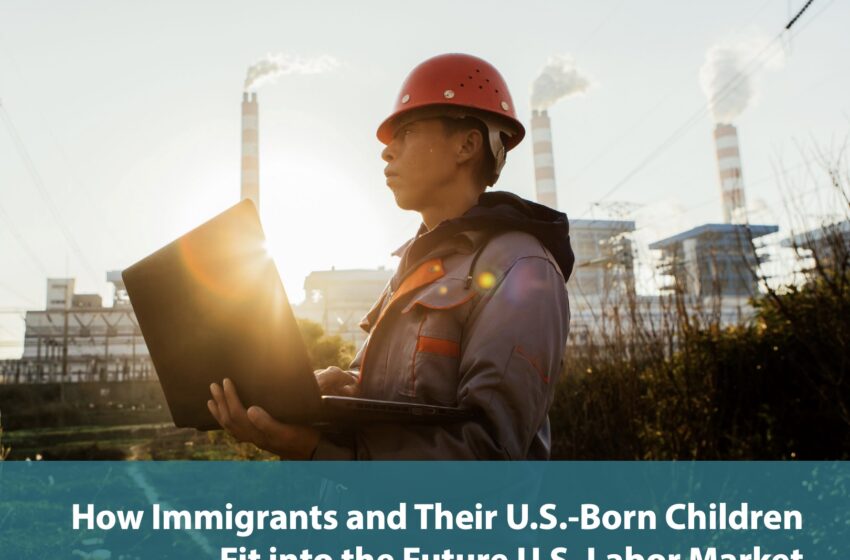Immigrants poised to fill future US labor needs: Report

Migration Policy Institute report highlights vital role of immigrant-origin workers in meeting future US workforce needs
Immigrants in the US including those from India are uniquely positioned to help fill future labor needs, particularly in professions that require more education and skills, but many will need to be retrained or upskilled, according to a new study.
A new Migration Policy Institute report notes that the country’s 47.6 million workers who are immigrants or the US-born children of immigrants already play a vital role in meeting US workforce needs, with large numbers well positioned to meet future demand.
READ: Asian-origin employees comprise 35% of Google’s US workforce (June 2, 2015)
Immigrant-origin workers accounted for 29% of the overall US workforce in 2023, up from 19% in 2000. With US birthrates falling, immigrants and their US born children accounted for the entire growth of the prime working-age (25-54) population between 2000 and 2023—a population that otherwise would have shrunk by more than 8 million people.
The report, “How Immigrants and Their US-Born Children Fit into the Future US Labor Market,” examines the projected educational demands of future US jobs and how well the education and training of today’s workers meets those demands, according to a media release.
Drawing on US Census Bureau data and projections of the future growth of different occupational groups and anticipated educational requirements for US jobs, the report compares trends in the immigrant-origin population with those among US-born adults with US-born parents. It also explores the workforce and immigration policy implications of these findings.
Recent employment projections show that US demand for well-educated workers will continue to grow. While 62% of US adults had a post-secondary education in 2023, 72% of US jobs will require it in 2031.
READ: By the numbers – Indians in the US workforce (August 27, 2013)
The change witnessed over recent decades, when the US economy shifted from being heavily industrial to mostly service and knowledge-based, is only accelerating as the US workforce is being reshaped by the rise of new technologies, population aging, the push toward green jobs and other megatrends.
Key findings:
Broad segments of the immigrant-origin adult population are well positioned to participate in a future labor market that will require a higher level of education and skill. As of 2023, 75% or more of Asian American and Pacific Islander, Black and White adults who are the US-born children of immigrants (in other words the second immigrant generation) had at least some post-secondary education.
By contrast, fewer than 60% of Latino adults who are immigrants (first generation) or the second generation had any post-secondary education, as was the case for 62% of Black immigrants.
Recently arrived immigrants (those entering in 2020 or later) may be among the best prepared for the college attainment requirements of future jobs: 41% held a bachelor’s degree or higher, as compared to 36% of the third-and-higher generation (those born in the United States to US-born parents). These adults will be well-positioned to pursue jobs in fast-growing, high-skilled STEM occupations.
Even occupations that have long employed large shares of people without post-secondary education and training—such as healthcare support, food and personal services, and some blue-collar jobs—will require higher levels of education in the next decade.
While immigrant-origin adults made up 29% of all workers in 2023, they represented 36 percent of those in food and personal services occupations and 34 percent in health-care support and blue-collar occupations.
Among the 29.8 million immigrant-origin adults without post-secondary education or training, many are first-generation immigrants who would need to obtain a high school diploma or its equivalent before considering post-secondary options.
To support the ongoing growth of the US economy, many workers—immigrant-origin and otherwise—will need to upskill or retrain to acquire in-demand credentials and competencies or strengthen their general skills and digital literacy. Such efforts could include policies and programs to reduce barriers that affect all workers seeking to increase their skills.
“In an economy marked as much by its growth as by wide, sustained mismatches between the skills workers have and those employers need, policymakers will need to ensure that more workers across the immigrant generation, gender, racial and ethnic and other groups… are equipped for the increasingly demanding jobs of the future,” the analysts write.

